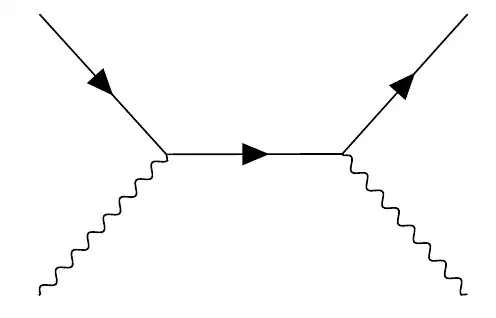I currently prepare for a magneto-optical trap undergrad lab. Radiation pressure comes from the photon's momentum, that is clear. The emission of the photon (some time later) will give another recoil to the atom. The manual states that when hitting a single atom with lots of photons from the same direction, the emission recoil can be neglected as it occurs isotropically.
This strikes me as odd. The photon is a spin 1 particle, therefore it does carry angular momentum. If one has a circularly polarized (say positive helicity) beam of photons, that beam would constantly add angular momentum to the atom. The atom would then have to get rid of that angular momentum again. Emission of a positive helicity photon parallel to the incident beam would do, as well as a negative helicity photon antiparallel to said beam. Emission in a transverse direction should be suppressed by angular momentum conservation.
This is the diagram which I consider responsible for this scattering:

There might be no forward–backward asymmetry involved in this process. So the time averaged emission recoil on the atom can very well be zero. However, I would assume something like a $\cos(\theta)^2$ angular dependency on the emission due to angular momentum. Then the net effect would make radiation pressure and then laser cooling work. However, it would not be strictly isotropic.
I do not want to go through the tree-level QED calculation right now. Is there some easier way to see whether it actually is isotropic or now?